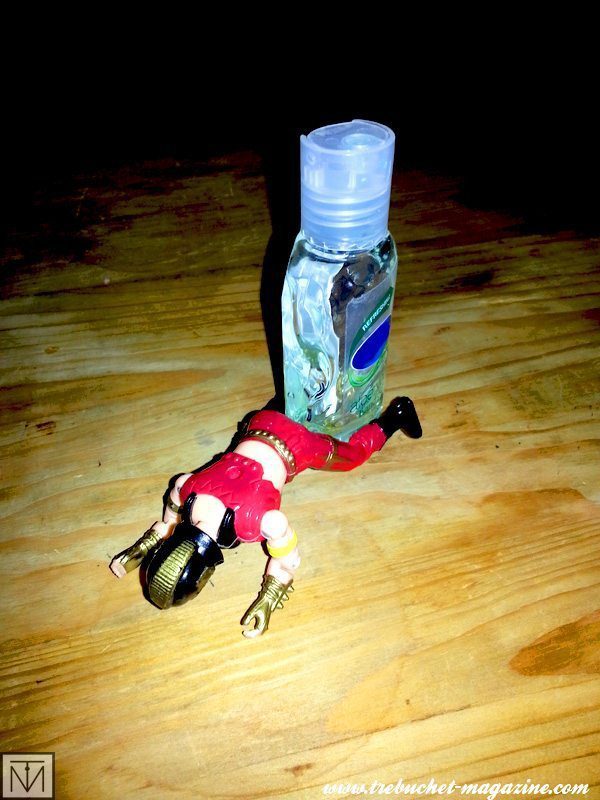[dropcap style=”font-size:100px;color:#992211;”]Vaginal[/dropcap] microbicide gel may offer a promising strategy for prevention and protection against HIV transmission.
Fingers crossed.
 A new study shows that a microbicide gel is highly effective in block infection by the AIDS virus in a non-human primate model. In the paper published December 6 in the Open Access journal PLOS Pathogens, Dereuddre-Bosquet and colleagues from the European Combined Highly Active Anti-Retroviral Microbicides (CHAARM) Consortium describe the gel’s key ingredient, which are small peptides engineered to present a decoy to bind up the virus and prevent it from entering and infecting the cells of the body. Because this is a gel it can be topically applied and could represent a powerful preventative agent against sexual transmission of HIV.
A new study shows that a microbicide gel is highly effective in block infection by the AIDS virus in a non-human primate model. In the paper published December 6 in the Open Access journal PLOS Pathogens, Dereuddre-Bosquet and colleagues from the European Combined Highly Active Anti-Retroviral Microbicides (CHAARM) Consortium describe the gel’s key ingredient, which are small peptides engineered to present a decoy to bind up the virus and prevent it from entering and infecting the cells of the body. Because this is a gel it can be topically applied and could represent a powerful preventative agent against sexual transmission of HIV.
Worldwide, the scientific community is working on the development of a vaccine against HIV. Meanwhile, research is also focused on the reduction of the spread of the virus by the application of a microbicide gel to protect users during intercourse which is a time of first exposure to virus. To date, few treatments that block virus entry have shown promising protection.
Dereuddre-Bosquet et al. engineered peptides named “miniCD4s” because they mimic the CD4 receptor used by HIV to gain entry into immune cells of the body. The study shows that the miniCD4s blocks HIV entry into isolated cells in a dish and tissue models that mimic mucous membranes which are points of virus entry.
The authors then formulated miniCD4s at 0.3% in a microbicide gel that was vaginally applied to six female cynomolgus macaques monkeys for one hour before the animals were given a high dose of the virus also in the vagina.
This dose would ordinarily make the animals highly infection but instead, five of the six were completely protected from HIV infection. No trace of virus was found in any body tissue. They were also unable to detect any antibodies to the virus in the plasma of the animals, indicating that the virus was completely repelled and there was full protection.
This study provides a proof of principle that for a a promising strategy for the prevention and protection against HIV ransmission during sexual intercourse. Importantly, the protection was demonstrated in a non human primate model which represents an essential step prior needed to progress to a prospective clinical trial.
(Source: Eurkealert)
FINANCIAL DISCLOSURE: This work was funded by the French National Research Agency (ANR). We also thank the ANRS (French National Agency for Research on AIDS and Viral Hepatitis – www.anrs.fr) for the financial support to the ANRS NHP working group. This work was also partially supported by grants from the European Microbicide Project (EMPRO-FP6) and the European Combined Highly Active Retroviral Microbicides (CHAARM-FP7 – Grant agreement n°242135 -www.chaarm.eu) Programs. The funders had no role in study design, data collection and analysis, decision to publish, or preparation of the manuscript.

The aim of art is to represent not the outward appearance of things, but their inward significance. – Aristotle



















